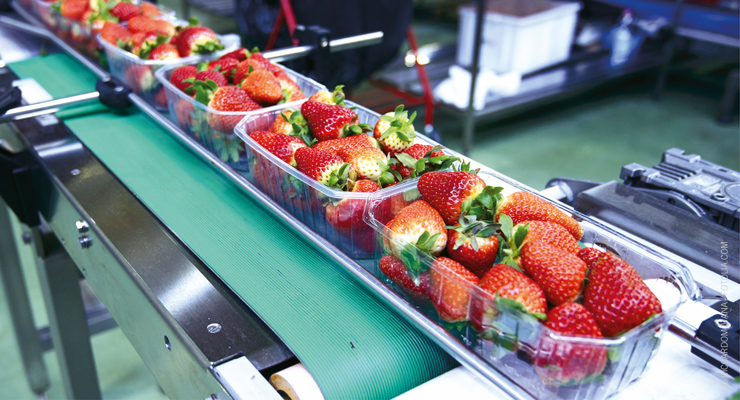Instruments used for the detection of ATP, or luminometers, establish a correlation between light emitted from a bioluminescent reaction proportional to the amount of ATP present, expressed as Relative Light Units (RLU). Determination of pass/fail thresholds for ATP detection should be based on baseline values representing acceptable clean conditions. If the ATP level for an area or surface is greater than the allowable limit for that location, it can be cleaned and sanitized again before restarting production is allowed. In contrast, if using a microbial culture method, results are not known until at least 24 hours after production has begun. The rapid results offered by an ATP method allow for more immediate corrective action than most methods. As with the previously mentioned methods, it is equally important to understand the limitations and functionality of any ATP detection system being used, including but not limited to, potential food or sanitizer interference.
Choosing a luminometer is not a decision that should be taken lightly, as it will be a critical component in verifying that a facility’s cleaning and sanitation procedures are effective. Firstly, the system needs to be sensitive enough to detect low levels of residue or contamination. The components on the luminometer should be of good quality. In particular, the apparatus that detects the light emitted from the reaction of the ATP, luciferin, and luciferase should be best in class. For example, a photomultiplier detector may be more expensive but is considerably more sensitive than a photodiode. Capable of detecting small amounts of light emitted from the reaction, a photomultiplier is more sensitive given that it multiplies the current produced by the incident light by a million times. Instruments with a photodiode rely on the swab formulation to strengthen the light signal to get a better reading. However, users must be quick to place the swab into the instrument after exposing the swab to the chemistry containing the luciferin and luciferase enzymes. There is a significantly shorter window of opportunity to analyze the swab as the increase in enzymatic activity reduces the amount of time that the light is emitted from the reaction.
Secondly, results should be repeatable and consistent from swab to swab, analyst to analyst and day to day. This is particularly important when monitoring data over time and looking for trends. Having to conduct extra cleaning or missing contamination due to variance from the instrument or swab is not an efficient way to verify cleaning and sanitation. Moreover, many instruments can have differing results due to temperature changes or even the position the instrument was held in during the reading. Choosing an instrument that provides sensitive and consistent results at a wide range of temperatures is essential. This is especially true if part of the environmental monitoring plan includes cold rooms. As a measurement of repeatability, the coefficient of variation expressed as percentage can be calculated for an ATP detection system. The lower the coefficient of variation, the more repeatable results that can be obtained from the method.
A comprehensive but simple-to-use data management system can easily upload or import data from the ATP instrument and can be a beneficial tool to help with test planning and data trending. Documentation is a key element of managing compliance with preventive controls, and having a system that can easily display the data in a way that is useful can improve cleaning and sanitation over time. In a well-established environmental monitoring program, it may not be necessary to sample every test point before every startup. A randomization algorithm is helpful to enable more efficient environmental monitoring without bias from operators. Monitoring trends and data can be accomplished even more effectively if the system allows for recording not only the ATP values but also other criteria such as visual inspection results. This allows for a quick view of a more complete picture rather than just one component.
ACCESS THE FULL VERSION OF THIS ARTICLE
To view this article and gain unlimited access to premium content on the FQ&S website, register for your FREE account. Build your profile and create a personalized experience today! Sign up is easy!
GET STARTED
Already have an account? LOGIN

